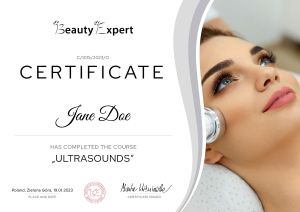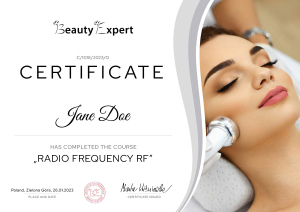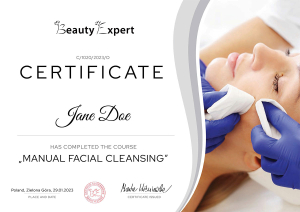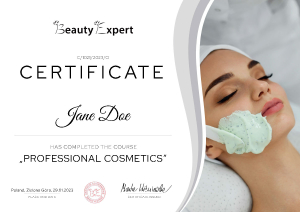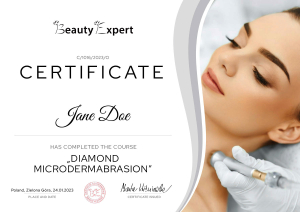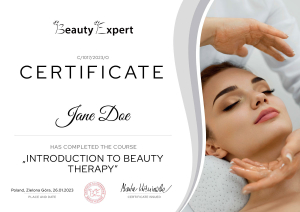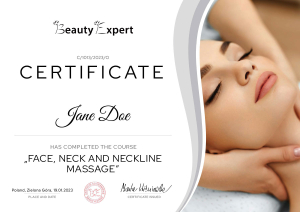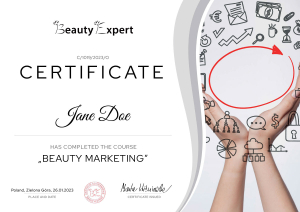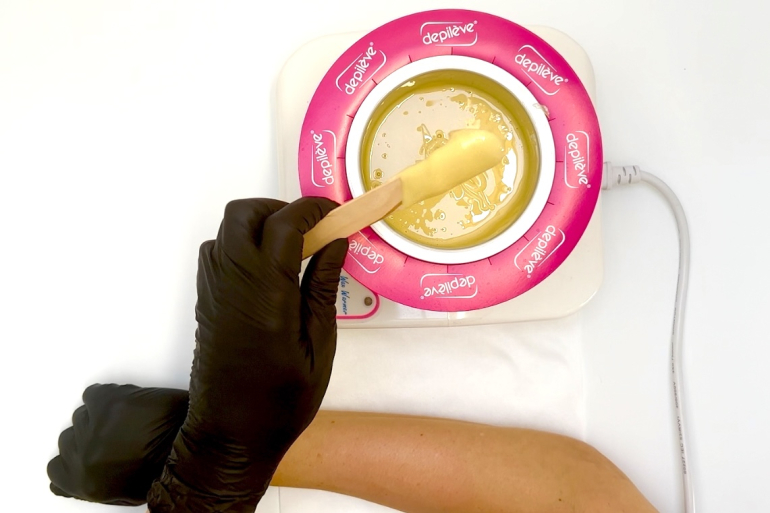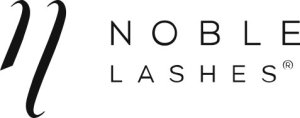If you want to grow your skills at your own pace and truly invest in your future – you’re in the right place. Thousands of students have already chosen Beauty Expert to gain beauty qualifications in their country and abroad. Our online courses now reach over 200 markets worldwide, providing access to modern beauty education – no matter where you live.
Lesson No 7
Chemical Peels
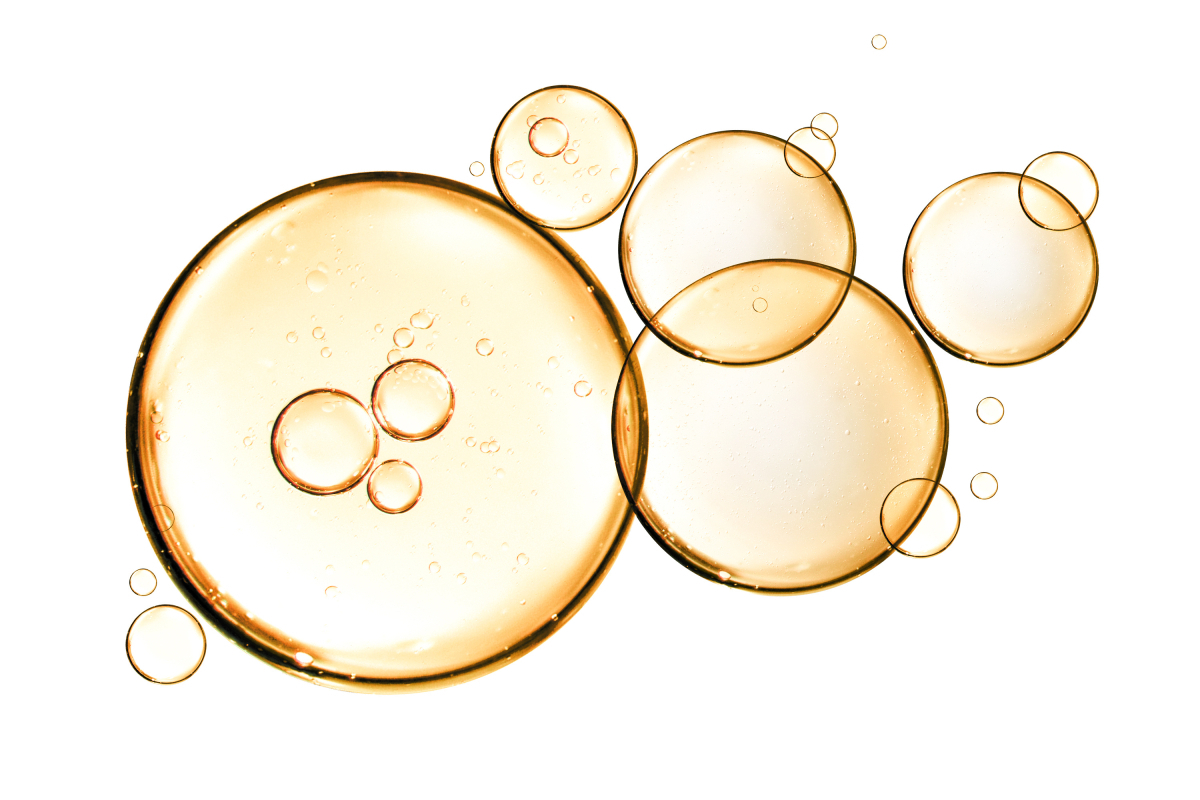
Chemical Peels Lesson
Chemical peels are a method of controlled exfoliation used in aesthetic cosmetology to improve skin texture, regulate epidermal processes, and support dermatological therapies. In this lesson, you'll explore the mechanisms of exfoliating agents, acid classifications, treatment indications and contraindications, and how to safely combine peels with other procedures.
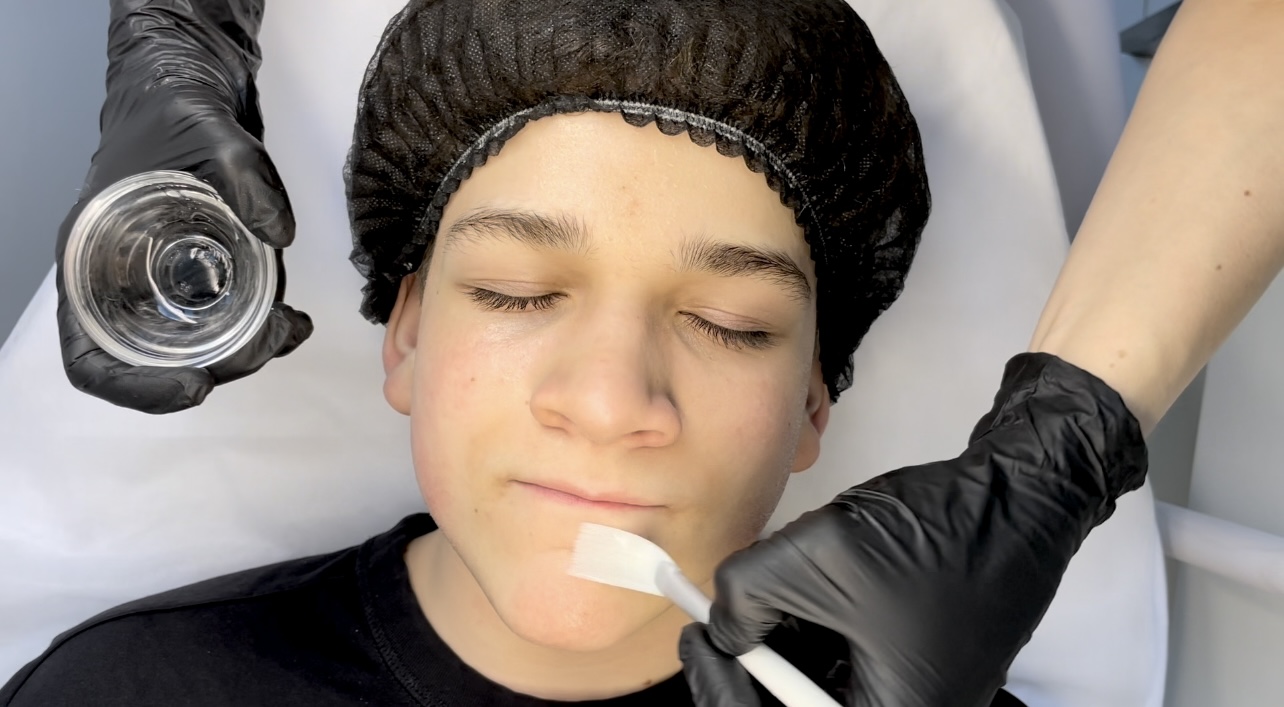
Level 1
What you’ll learn – theory
- Definition of chemical peels – controlled exfoliation using chemical agents to remove dead skin cells.
- Classification of peels – superficial, medium-depth, and deep peels based on penetration level.
- Types of peels – simple, combined, gel-based, and alcohol-based; their formulas, usage, and differences.
- Properties of AHA, BHA, AKA, and PHA acids – their mechanisms, indications, and combinations.
- Exfoliation mechanisms – how peels remove cells and stimulate skin renewal.
- Peel selection – choosing the right acid for acne, hyperpigmentation, wrinkles, or laxity.
- Treatment effects – skin brightening, texture improvement, and cellular stimulation.
- Cell and tissue structure – to understand skin responses and regeneration.
- Facial bone structure – important for working near anatomical landmarks.
- Facial vascular system – to avoid irritation in sensitive areas.
- Facial nerve structure – essential for comfort and safety during application.
- Facial muscles – their influence on skin tension and elasticity.
- Skin anatomy – layers of the epidermis and their interaction with acids.
- Skin conditions – that are either contraindications or indications for chemical peels.
- Application tools – brushes, gauze, spatulas and how to use them safely.
- Peel layering and timing – how to combine acids and structure multi-session therapy.
- Contraindications – including inflammation, herpes, and impaired skin barrier.
- Skin typing and diagnostics – to tailor acid strength and approach.
- Client qualification – including interview, skin assessment, and treatment goals.
- Treatment setup – space organization, disinfection, and aseptic protocols.
- Product overview – active ingredients, neutralizers, and post-peel care.
- Precautions – including eye protection, avoiding wounds, and timing control.
- Step-by-step chemical peel procedure – from skin prep to post-treatment recovery.
- Post-treatment recommendations – sun protection, home care, and avoiding irritants.
- Combining chemical peels – with mesotherapy, dermaplaning, or LED therapy.
What you’ll learn – practice
- Workstation setup – aligned with hygiene, safety, and client comfort standards.
- Materials needed – acids, neutralizers, applicators, sanitizers.
- Skin preparation – makeup removal, degreasing, skin analysis.
- Step-by-step Azelan RX peel – application timing, skin reaction observation, and neutralization.
- Step-by-step Lactic 30% peel – full protocol and post-treatment care.
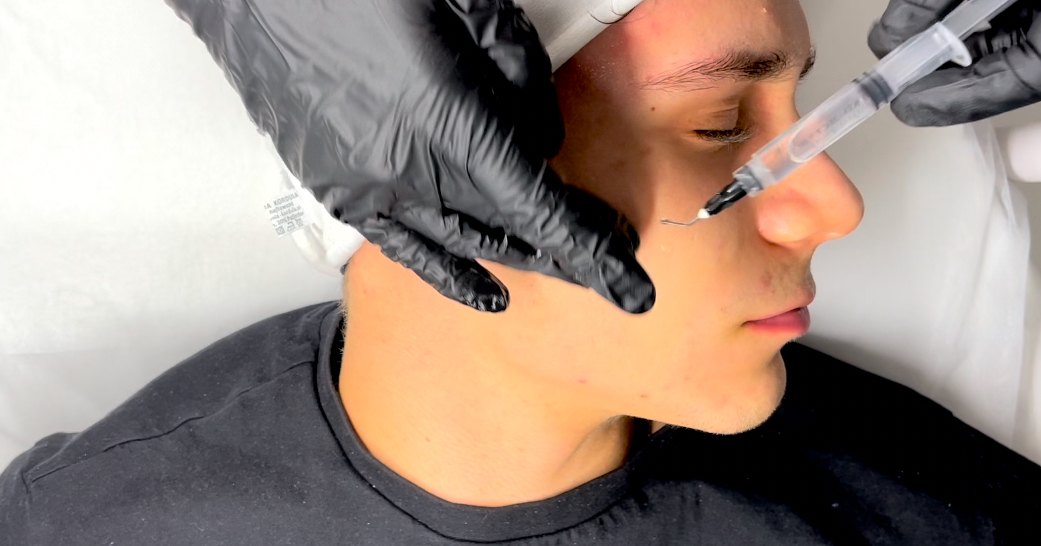
Level 2
Introduction to Peels
- Overview of chemical peels – their purpose and use in cosmetology.
- Peel classification – based on ingredients and exfoliation mechanism.
- Chemoexfoliation – how peeling agents work at the cellular level.
- Catabolic and anabolic skin phases – regeneration processes post-peel.
- Exfoliation depth – understanding superficial, medium, and deep peels.
- Cell and tissue structure – key to understanding post-exfoliation healing.
- Facial bone structure – for safe application near sensitive areas.
- Facial vascular system – to enhance treatment safety.
- Facial nerve structure – for understanding sensation and client comfort.
- Facial muscles – their role in skin tone and tension.
- Skin anatomy – layers of the epidermis and dermis and their response to acids.
- Skin conditions – that are either contraindications or therapeutic indications for exfoliation.
- Blood-borne diseases – and safety protocols when working with sharp tools.
- Hygiene and safety standards – sterilization, client protection, disinfection.
- Role of skin type and phototype – in qualifying for chemical peel treatments.
- Importance of pH, pKa, and acid concentration – for effectiveness and safety.
- Product form, molecule size, and delivery system – their influence on penetration depth.
- Product amount and contact time – how they affect treatment outcome.
- Application techniques and tools – brushes, gauze, spatulas, layering strategies.
- Recognizing contraindications – general and local.
- Skin typing and diagnostic techniques – for accurate treatment planning.
- Client qualification – based on consultation and skin evaluation.
- Workstation prep – according to aseptic principles.
- Treatment products – ingredients, purpose, and usage.
- Precautions – eye protection, gloves, acid neutralization.
- Post-treatment guidelines – home care, UV avoidance, skin recovery.
PRX-T33 and BioRePeel
- Understanding PRX-T33 and BioRePeel – advanced biorevitalizing peel technologies.
- Action depth – from epidermis to papillary dermis.
- Composition and ingredients – including TCA, H2O2, AHAs, BHAs, vitamins, peptides.
- Treatment protocol – full application steps and differences between PRX and BioRePeel.
- Treatment benefits – no flaking, no downtime, immediate glow effect.
- Skin prep – cleansing, degreasing, and preliminary skin diagnosis.
- Workstation setup – required products, protection tools, and space organization.
- Application rules – amount, technique, and contact time.
- Step-by-step application – including effects and protocol differences.
Retinoids and Retix C
- Basics of retinoid use – action mechanisms and effects on the skin.
- Retinoid benefits – cellular renewal, anti-acne, and anti-aging effects.
- Types of retinoids – retinol, retinaldehyde, retinoic acid, retinyl esters.
- Pros and cons – efficacy vs. risk of irritation.
- Retinoids in professional skincare – concentrations, supporting ingredients, and stability.
- Retinization – the skin’s adaptation process to retinoids.
- Indications – how to match retinoids with skin types and concerns.
- Overview of Retix C – key actives, benefits, and application.
- Treatment protocol – step-by-step procedure and post-treatment care.
- Skin prep – including pre-treatment guidelines.
- Workstation setup – product organization and safety measures.
- Product application – dosage, layering, and technique.
- Step-by-step Retix C procedure – timing, application, and aftercare.
Get your certificate after every course
After each course or lesson, you can test your knowledge with a quiz and instantly download a certificate in 3 languages. You’ll receive a diploma after completing the school and passing the final exam.

